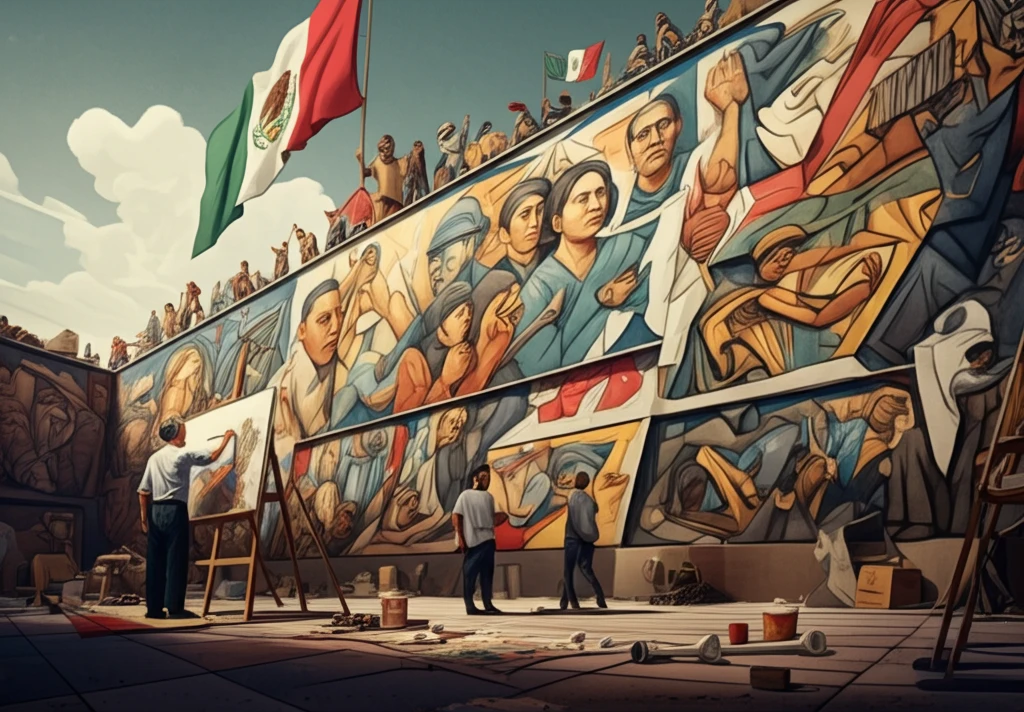
Revolution on Canvas: How Mexican Art Shaped National Identity
"Discover how artists like Diego Rivera and others used their work to depict laborers and influence the formation of Mexican national identity during a revolutionary era."
The Mexican Revolution (1910-1920) was a period of profound social and political upheaval, leaving a lasting impact on the nation's identity. Art became a crucial tool in shaping this identity, reflecting and influencing the values, struggles, and aspirations of the Mexican people. During this transformative era, artists played a pivotal role in depicting the lives and contributions of laborers, both urban and rural, and embedding them within the broader narrative of national reconstruction.
John Lear's book, "Picturing the Proletariat: Artists and Labor in Revolutionary Mexico, 1908–1940," delves into this fascinating intersection of art, labor, and national identity. By examining a wide array of visual materials—prints, photographs, illustrations, and murals—Lear uncovers the ways in which artists represented the working class and how these representations contributed to the forging of a new Mexican identity.
Lear’s work moves beyond the conventional focus on well-known muralists to include a broader spectrum of artists and artistic movements. By incorporating the stories and works of figures like Saturnino Herrán, José Guadalupe Posada, and others, Lear offers a more comprehensive understanding of the diverse artistic landscape that shaped revolutionary Mexico. This approach allows for a richer and more nuanced appreciation of the period's cultural and political dynamics.
The Artist as a Social Commentator

One of the central themes explored in Lear’s analysis is the relationship between artists, labor unions, and the state. During the revolutionary and post-revolutionary periods, artists were not merely passive observers but active participants in the social and political movements of their time. Many artists aligned themselves with labor unions and leftist political organizations, using their art to advocate for workers' rights and social justice.
- Labor Representation: The ways in which artists portrayed workers, both urban and rural, in their art.
- Political Alignment: The connections between artists and labor unions, as well as their involvement in leftist political movements.
- State Influence: The role of the government in promoting and supporting art that aligned with its ideological goals.
The Enduring Legacy of Revolutionary Art
Lear’s "Picturing the Proletariat" offers valuable insights into the complex relationship between art, labor, and national identity in revolutionary Mexico. By examining a wide range of visual materials and exploring the diverse perspectives of artists, labor leaders, and government officials, Lear provides a nuanced and compelling account of this transformative era. His work underscores the enduring power of art to shape collective memory, promote social change, and contribute to the ongoing construction of national identity. For those interested in the intersection of art, politics, and social movements, Lear’s book offers a rich and rewarding exploration of a pivotal moment in Mexican history.
